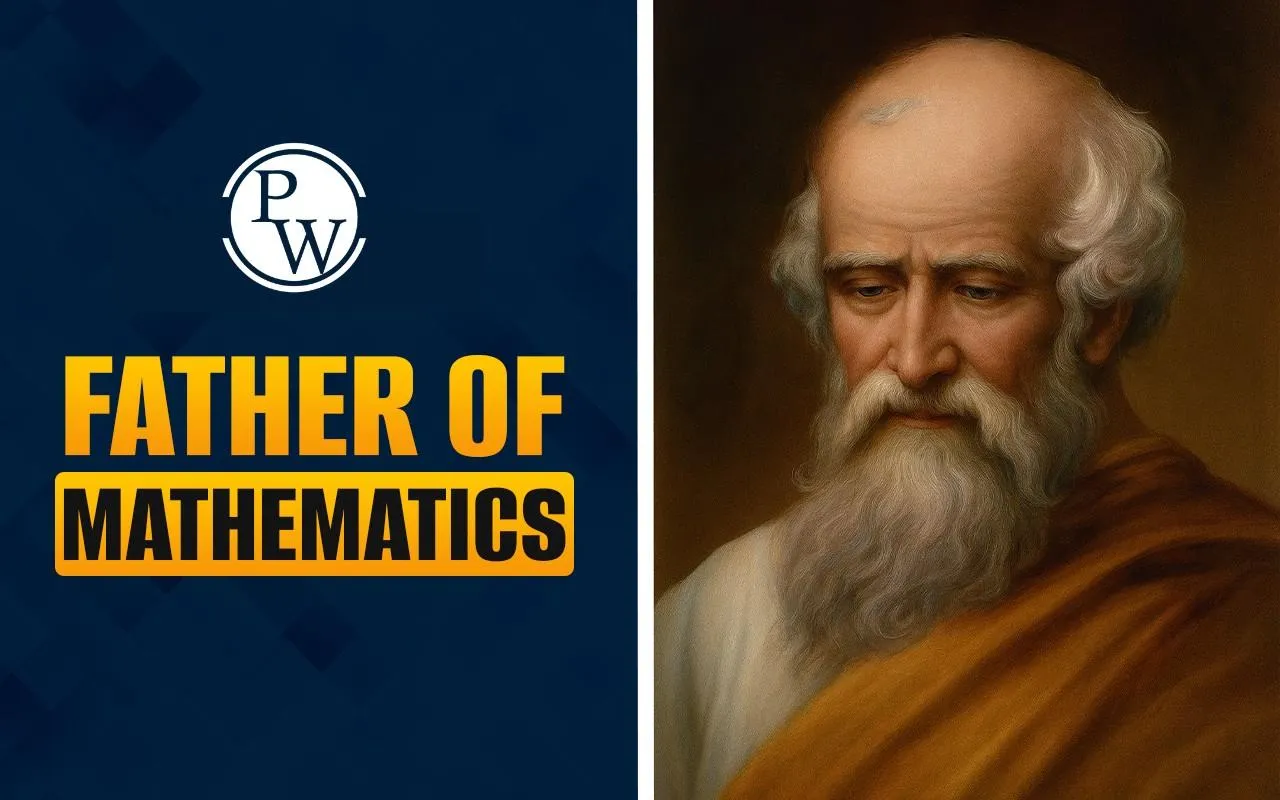

Father of Mathematics is Archimedes, an ancient Greek mathematician whose many discoveries shaped math into what we have today. Born in 287 BCE, Archimedes contributed immensely and innovatively in the areas of geometry, calculus, and physical science. His most famous inventions and mathematical principles, like calculating pi and the method of exhaustion, laid the grounds for modern mathematics and sciences. Indeed, he discovered Archimedes' principle of buoyancy, linking math to physical realities.
Aryabhata, who lived from 476 to 550 CE, is considered the father of mathematics in India. Aryabhata introduced the decimal system, zero, and advanced algebra and trigonometry. His major work, the Aryabhatiya, described complex ideas such as planetary motion and eclipses. Archimedes and Aryabhata together represent the deep roots of mathematics from different parts of the world, inspiring generations of scholars even to this date. Their legacies remain central in math education everywhere.
Who was Father of Mathematics?
The title "father of mathematics" is accorded to someone who laid important foundations in math. Archimedes is widely regarded as the father of mathematics, being an ancient Greek mathematician. He made numerous findings that have formed a basis on which math is studied to date. In addition, his works on geometry, calculus, and measuring of shapes are still applied. For this lasting contribution, he deserved this privileged title.
About Archimedes: The Father of Mathematics
Archimedes was born in 287 BCE in Syracuse, a Greek colony. He lived during a time when math and science were growing fast. Besides being a mathematician, Archimedes was also a great physicist, inventor, and astronomer. During the Siege of Syracuse, he died in 212 BCE. His father was Phidias, an astronomer, and this influenced Archimedes' interest in science and math. Archimedes spent his life discovering how math works in nature and machines.
Archimedes Famous Writings
Archimedes is noted to have written many important works that helped in the development of mathematics. Some of Notable Works of Archimedes are:
-
On the Equilibrium of Planes
-
On the Measurement of a Circle
-
On Spirals
-
The Sand Reckoner
These works showed new ways of calculating areas and volumes, and how to understand shapes. These form the ground for modern geometry and calculus.
Discoveries and Inventions of Archimedes
Archimedes made many discoveries in which he combined mathematics with practical use. His famous ideas include the following:
-
The method of exhaustion: This helped him to find the areas and volumes of irregular shapes, an early form of integral calculus.
-
Accurate calculation of pi, π, using polygons.
-
The principle of buoyancy, as famously realized when he was bathing and shouted "Eureka!".
-
Inventions such as the Archimedean screw to lift water and war machines to defend his city.
His work laid the foundation for physics and engineering interrelated to mathematics.
Contributions of Archimedes to Geometry and Calculus
Archimedes excelled in geometry. He correctly calculated the surface areas and volumes of spheres, cylinders, and cones. He showed how to connect abstract mathematics to practical problems. The methodology of exhaustion he followed helped later scientists Newton and Leibniz work on the development of calculus. The formulae of the shapes given by Archimedes and his way of thinking have been taught even today in mathematics classes globally.
Indian Father of Mathematics
While Archimedes was termed the father of mathematics in the world, India had its pioneer who was considered the father of mathematics in India- Aryabhata. Aryabhata was an ancient Indian mathematician and astronomer who lived from 476 CE to 550 CE. He introduced important concepts like the decimal system and zero as a placeholder. Aryabhata made advances in algebra, trigonometry, and astronomy, influencing math in India and beyond.
Legacy of Archimedes and Aryabhata
Both Archimedes and Aryabhata changed the face of the world with their concepts in mathematics. Archimedes is remembered for his ingenuity in bridging math and science. His discoveries inspired generations of mathematicians and scientists throughout the world. Aryabhata's work set the foundation for Indian mathematics and astronomy and influenced later scholars in these fields.
Put together, they represent the deep roots and global reach of mathematics from ancient times up to today. Their legacies continue to reverberate in classrooms and scientific research around the world.
